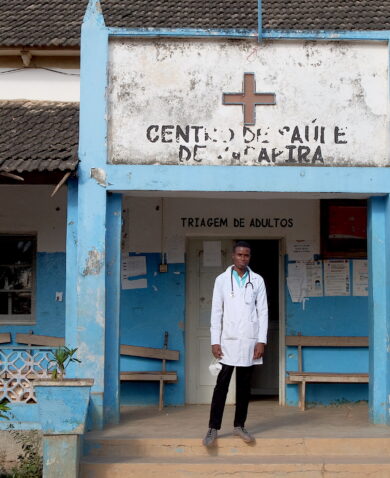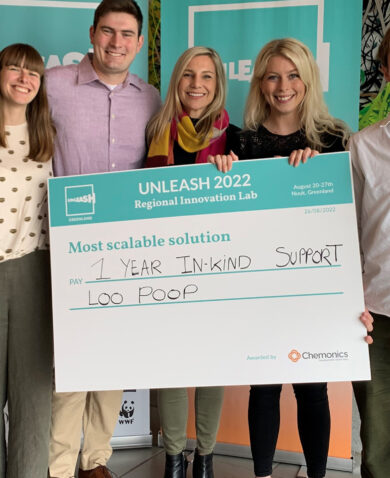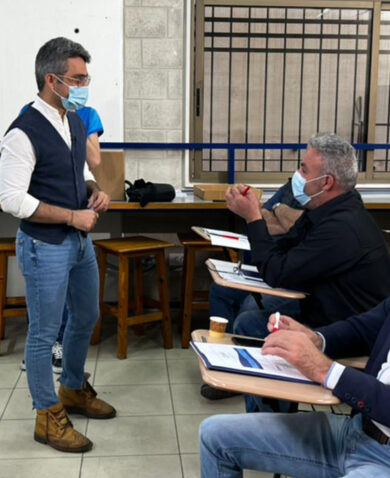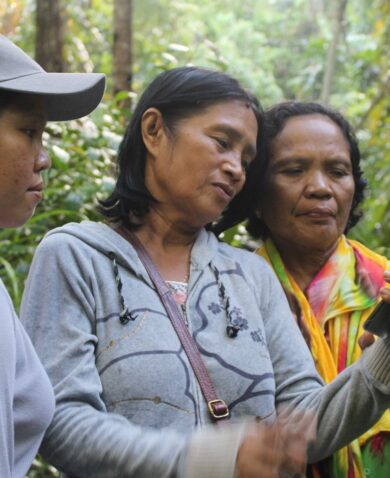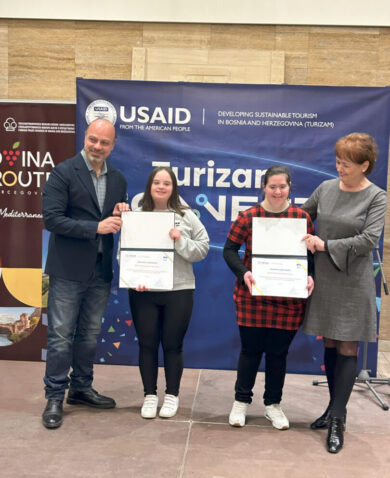
Equipping for Expected and…Unexpected Outcomes: The Convergence of Economic Growth and Governance
August 15, 2018 | 3 Minute ReadComplex problems require complex solutions, but how do we design and manage cross-sectoral projects? David Anderson and Curtis Hundley discuss how a project in Vietnam got it right.
Sustainable development requires attention to the multiple dimensions of economic, political, and social complexities, all of which interconnect. We know from our own experience that economic growth leads to changes in society and, thereby, corresponding changes in the relationships among government, private sector, social structures, and institutions. For example, increased international trade is likely to lead to businesses becoming more vocal and collaborative in support of revised customs procedures to facilitate trade and increased transparency. Meaningful and sustainable economic growth requires good governance, and governance benefits from the context of economic growth. Below, we discuss how we have leveraged and learned from the convergence of economic growth and governance objectives.
Fast-growing economies need the rigor that good governance provides by conferring with all stakeholders to ensure that they are on the best development path based on their local context. Slow-growing economies create conditions to grow faster if they are guided to take the time and effort to establish a well-informed foundation.
Common Difficulties in Managing Cross-Sectoral Projects
Applying governance approaches requires projects to think cross-sectorally. Experiences from managing cross-sectoral projects indicate several fundamental difficulties to be expected:
- Applying knowledge, skills, and lessons across sectors, such as borrowing experts from the private sector to inform government reforms, or applying the lessons of one ministry’s successful management reforms to guide another;
- Predicting, based on consultations with multiple stakeholders, the best approach – as opposed to merely what may have worked in another country – testing it, leveraging achievements and/or providing support to learn from setbacks;
- Establishing effective long-term monitoring and evaluation mechanisms that governments can adopt and follow to constantly track implementation, measure outcomes, and adapt.
Cross-sectoral projects inherently include a much broader array of stakeholders who interact in new and unexpected ways. This presents more variables to consider during implementation. New actors with new ideas collaborating together may lead to changes that are non-linear, unexpected, and even beyond the original scope of the project. Especially during the early phases of a cross-sectoral project, the initial challenges and outcomes may appear chaotic and insufficient to meet pre-defined performance measures. But once a system change snaps into place, it is quite possible that reforms will accelerate with broader support.
How one Project Pragmatically Manages the Complexity of a Cross-Sectoral Project
The USAID Vietnam Governance for Inclusive Growth (GIG) Program is a highly-complex, cross-sectoral project that has united economic growth, governance, and inclusive growth, plus an additional activity to combat wildlife trafficking. While the program was set up to be implemented by separate teams, GIG encouraged a one-team approach to encourage collaboration, sharing and learning that identified common interests and approaches across cross-sectoral objectives.
Developing a team with diverse skill-sets required a common vision that unified the work of all teams, effective intra-team communication and collaboration, and patience to listen and observe the progress of activities over time, instead of seeking quick wins. This approach also required a routine strategic assessment of which activities were gaining traction and how they could most likely reinforce others to contribute to the most optimal, sustainable solutions.
For example, on GIG it became clear that customs modernization could not advance without combatting the burdensome requirements of many ministries that delayed goods at customs. Successful approaches included producing evidence to prompt government action to force ministries to reduce business conditions and applying effective public consultations and advocacy to amplify the voice of the business community in support of reforms.
Through cross-sectoral facilitation that considered economic, governance, and inclusive growth challenges together, all relevant stakeholders were able to collaborate to ground truth each reform, introduce effective checks and balances, and bring balance among the interests of the government, public, and private sector. This collaboration has occurred through a combination of workshops, field visits, media engagement, and public consultations, among other interactions. This approach has the advantage of:
- Demonstrating through practical facilitation-based activities how economic and governance reforms are connected, such as ministries becoming more accountable to each other. and reform approaches that are conducive to both large and small businesses and vulnerable groups;
- Supporting law-making from end-to-end; for example, from development of the law at inception, through development of regulations, to assessment of gaps during implementation.
- Identifying effective systems for managing and resolving disputes that impact the business environment, including ADR, simple and complex civil cases in property, labor and contracts, and criminal cases such as illegal trade.
- Implementing governance alongside economic growth to ensure that changes are supported by effective, sustainable institutional reforms, including: effective coordination and accountability among ministries, law-makers, and justice institutions; effective participation by citizens and businesses; and improved systems of transparency and accountability among all stakeholders.
- Improving management systems, including organizational change, human resources, financial management, decentralization, implementation of appropriate IT, public engagement, and effective public services.
- Leveraging systemic change that’s cognizant of history, values, economic realities, and the local legal culture. This means economic reforms are sustainable, well-informed, and inclusive so as not to create imbalances in society in the zeal to reform.
The GIG Program example demonstrates that effective, sustainable reform is best achieved by encircling the development challenge to connect all stakeholders, focusing on those areas where economic growth and governance converge, and creating a space in which all stakeholders comfortably participate, become well informed, and participate as partners with a shared stake in the systemic change.






